




Per Minority Report, in only 52 years we’ll have a new privacy nightmare on our hands: A police unit in Washington D.C. will genetically engineer three people, float them in a Jacuzzi, and hook wires up to their heads so the cops can see murders occurring in the future. And thus, they can arrest the perpetrators before they commit the crime. (I would say this is a nightmare of an idea, but then again, we are talking about Washington D.C,.)
The premise is a mind-bending puzzle on the scale of Memento, courtesy of sci-fi legend Steven Spielberg and his first collaboration with a stellar Tom Cruise. It’s also Spielberg’s best work since 1993’s Schindler’s List and flirts with threatening Blade Runner and A Clockwork Orange as the best paradoxical utopic/dystopic view of the future.
Minority Report’s similarities with its predecessors end pretty quickly; though all three films follow cops and/or robbers, Cruise’s John Anderton gets to play both, when his "Precrime" department fingers him for an upcoming murder. In 36 hours, the "pre-cogs" tell him, he’ll murder a man he’s never even heard of. Convinced he’s been set up by a nosey Justice Department staffer (Colin Farrell), Anderton goes on the run through vertical freeways, futuristic auto plants, and a Blade Runner-ish "sprawl"/ghetto in the hopes of evading his own crack police department. But events inexorably lead him closer and closer to his would-be victim.
At nearly 2 1/2 hours in length, the plot gets considerably more complicated – including an unexpected final act that takes place after those 36 hours expire. All the while though, the film maintains a feverish intensity – one which I feared Spielberg had lost altogether with his dippy A.I. – studded with a great sense of humor and dazzling special effects. But it’s Minority Report’s almost-too-real version of the future that steals the show. To get the details right, Spielberg locked a few dozen futurists in a Santa Monica hotel for three days and forced them to come up with plausible view of 2054, from the de rigueur future-cars to The Gap. The results are hauntingly true to life.
Cruise’s dead-on lead performance is also overshadowed by the impressive action sequences. When Anderton leaps from one car to another on one of those vertical freeways, all thoughts of greenscreens and CGI go out the window. When advertisements greet him by name, you almost expect to hear the same thing when you visit the concession stand, the simulacrum of the future is that seamless.
Only a few points detract from an otherwise perfect moviegoing experience. Farrell’s performance is whiny and ineffective, and Samantha Morton, as one of the gibbering pre-cogs, borders on annoying. (And I don’t care what changes in the next 50 years: There will never be a Lexus factory in Washington D.C.)
Mr. Spielberg, you have restored my faith in sci-fi – and more importantly, you have restored my faith in you.

Pod sweet pod.
Review by Christopher Null © 2002 filmcritic.com







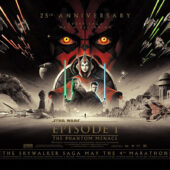













![Original Cast of The Walking Dead Press Event Photo [221114-7]](https://www.filmfetish.com/img/p/2022/11/221114-7-11x85-web-170x170.jpg)
![Points of Light Inside Abandoned Steel Manufacturing Factory Photo [221205-2]](https://www.filmfetish.com/img/p/2022/12/221205-00002-11x85-web-170x170.jpg)
![Rare Candid Photo of Linda Harrison in Bikini (July 1984) [221110-1]](https://www.filmfetish.com/img/p/2022/11/221110-1-linda-harrison-85x11-web-170x170.jpg)
![Nikita Actors Shane West, Maggie Q and Lyndsy Fonseca Photo [221114-3]](https://www.filmfetish.com/img/p/2022/11/221114-3-11x85-web-170x170.jpg)














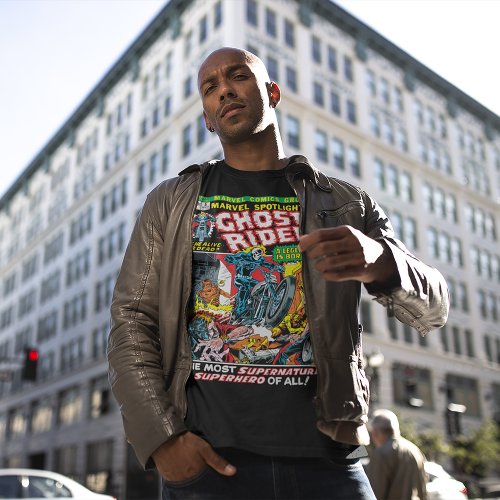



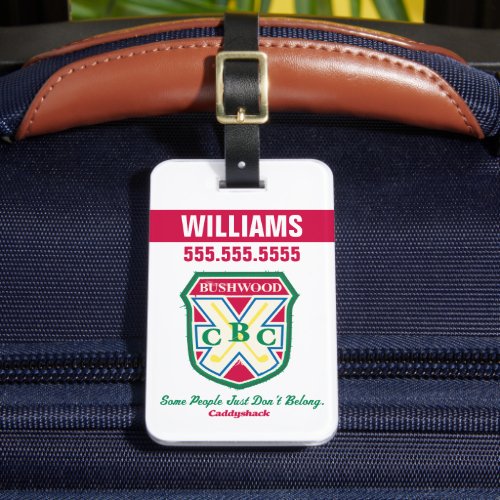



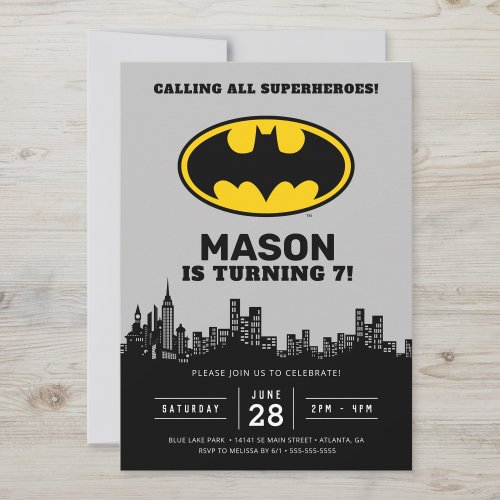




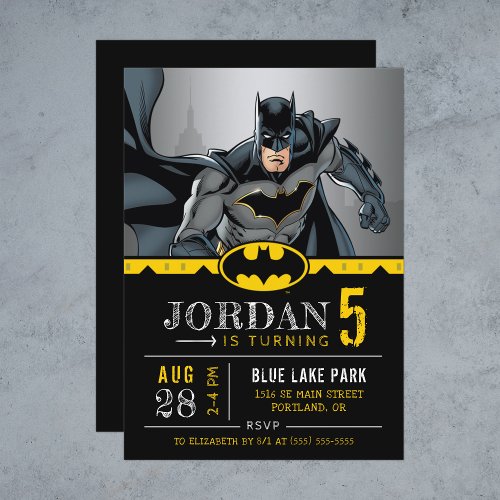





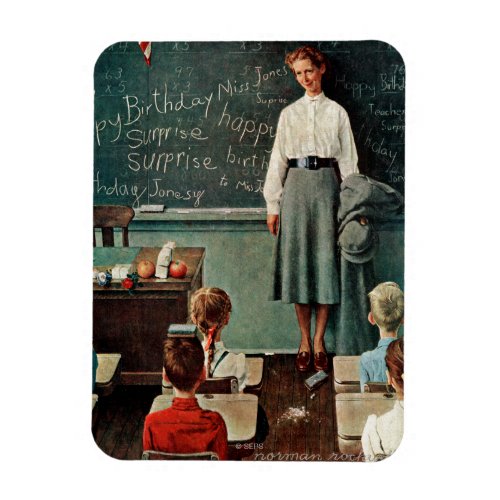




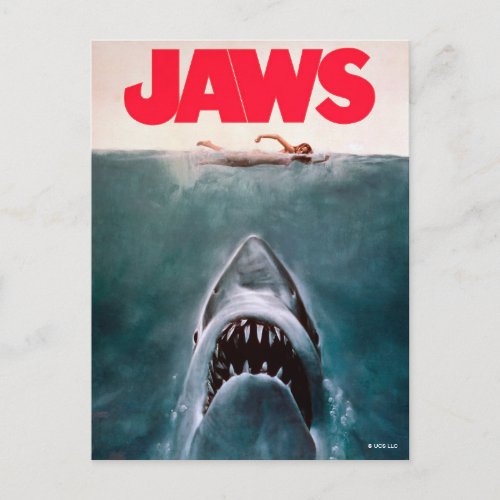








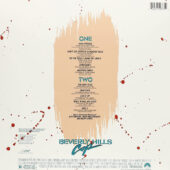



![Nintendo Gameboy Cartridge Boxes Set of 3 – Packaging + Manuals Only [381]](https://www.filmfetish.com/img/p/2020/07/nintendo-gameboy-game-box-only-lot381-001-170x170.jpg)

![Hidden Paradise Art Print [DP-221113-1]](https://www.filmfetish.com/img/p/2022/11/dp-221113-1-85x11-web-170x170.jpg)
![The New York Times Changing Lanes Original Full Page Movie Ad (April 19, 2002) [A17]](https://www.filmfetish.com/img/p/2021/01/newspaper-movie-ad-a17-02-170x170.jpg)

